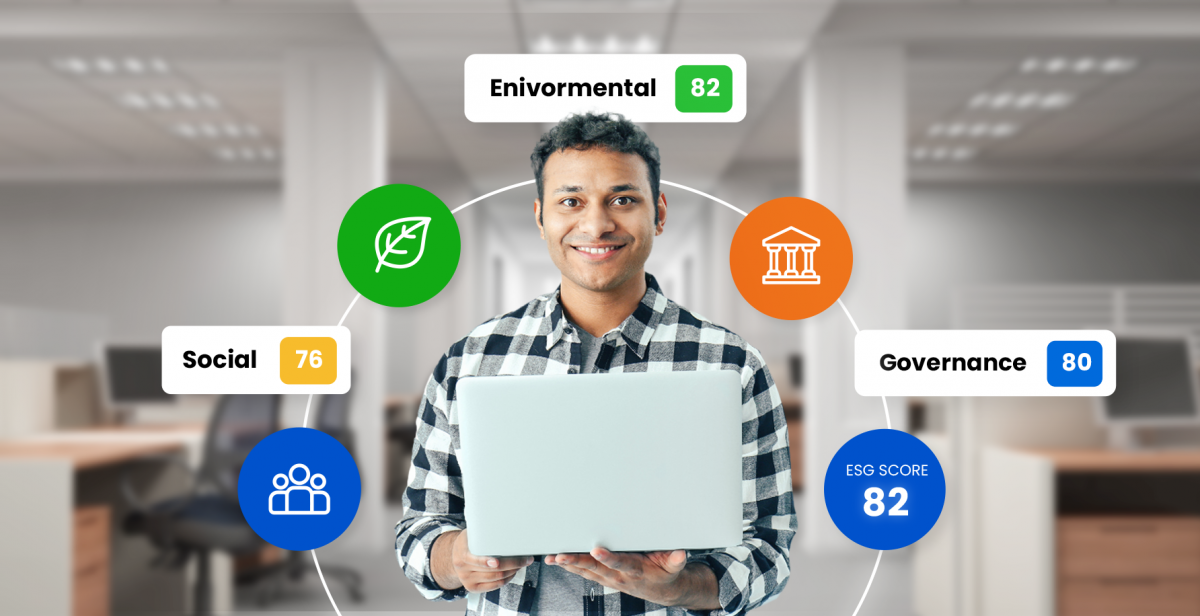Unlock the secrets to successfully reapplying for an ESG rating and learn how effective building management plays a pivotal role.

Deciphering the ESG Rating Reapplication Process
Embarking on the journey of reapplying for an ESG rating begins with a comprehensive evaluation of your previous ESG assessment. It’s crucial to understand the feedback received and to identify the areas that require enhancement. Start by gathering your previous ESG report and any notes or comments provided by the rating agency. Analyze the gaps in your performance and develop a strategic plan to address these shortcomings. Engage with stakeholders across your organization to ensure a collaborative approach and to foster a culture of sustainability that permeates every facet of your operations.
Reapplication also entails staying abreast of the latest ESG criteria and trends. Rating agencies often update their metrics and methodologies, so a deep dive into current standards is imperative. Prepare a timeline that aligns with the rating agency’s application cycle and deadlines. Additionally, document all improvements and changes made since your last evaluation, as these will be critical in demonstrating your commitment to ESG principles during the reapplication.
Integrating Building Management for Enhanced ESG Performance
The role of building management is integral to improving your ESG rating, particularly within the environmental component. Efficient building management can lead to significant reductions in energy consumption, water usage, and waste generation. Begin by implementing smart building technologies that monitor and control building operations. These systems can provide valuable data that can be used to optimize energy performance and reduce carbon emissions.
Furthermore, consider adopting green building standards, such as LEED or BREEAM, and pursue certifications that can positively impact your ESG score. Incorporate renewable energy sources, like solar panels or wind turbines, to further demonstrate your commitment to sustainability. Sustainable building management not only contributes to a better ESG rating but also signals to investors and tenants your dedication to the long-term well-being of the environment.
Strategies to Improve Your ESG Score Through Sustainable Practices
Improving your ESG score hinges on the adoption of sustainable practices across your organization. Start by setting measurable sustainability goals that are aligned with international frameworks like the United Nations Sustainable Development Goals (SDGs). Implement programs that reduce resource consumption and waste, such as comprehensive recycling initiatives and water conservation measures.
Engage employees in sustainability training and initiatives to foster a workplace culture that prioritizes ESG values. Transparency is also key; communicate your sustainability progress regularly through reports and updates, showcasing accountability and progress. By embedding sustainable practices into the core of your business strategy, you not only enhance your ESG score but also build resilience and create long-term value for your stakeholders.
Partnering with Experts for Building Management Solutions
Securing a partnership with experts in building management solutions can be a game-changer for your ESG rating reapplication. These specialists can provide insights into the latest sustainable technologies and practices. Look for firms with a proven track record in ESG performance and who can offer bespoke solutions tailored to your specific needs.
Working with these experts, you can conduct energy audits, implement energy efficiency projects, and integrate systems for real-time monitoring and management of your facilities. These partnerships not only enhance your operational efficiency but also provide you with the support and expertise necessary to navigate the intricacies of ESG reporting and compliance.
Charting Your Path to ESG Rating Success: A Step-by-Step Guide
To chart a successful path to ESG rating success, it’s essential to adopt a structured and methodical approach. Begin by setting clear objectives and benchmarks for improvement. Engage with all levels of your organization to ensure a unified effort towards ESG excellence. Monitor your progress continuously and adjust your strategies as needed to stay on track.
Develop a compelling narrative that communicates your sustainability journey to the rating agency, highlighting the steps taken to improve your ESG performance since your last application. Finally, be proactive in seeking feedback post-reapplication. Whether you achieve the desired rating or not, there’s always room for growth. Use the reapplication process as an opportunity for continuous improvement and as a catalyst for driving sustainable change within your organization.














